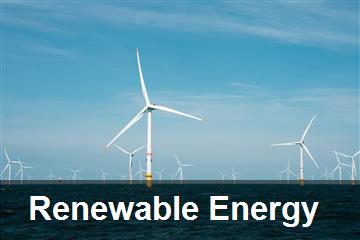
07 dic 2024
The Transition 5.0 plan introduces significant tax incentives for renewable energy investments, particularly in high-efficiency photovoltaic systems.
With the upcoming Enea Registry, businesses can access enhanced tax credits, potentially reaching 63%. However, the initial uptake has been slow, with only 70 million euros in projects formalized against a 6.3 billion euro budget.
The Ministry of Enterprises must closely monitor spending to meet EU deadlines.
Meanwhile, tax credits for R&D show promising engagement, with over 2, 000 projects registered.
This commentary explores the challenges and opportunities within these initiatives.

The Transition 5.0 initiative is a pivotal moment for businesses aiming to invest in renewable energy, particularly through high-efficiency photovoltaic systems. This plan offers substantial tax incentives, with credits potentially reaching up to 63% for qualifying investments. A critical component of this initiative is the forthcoming Enea Registry, which will list eligible technologies for these enhanced incentives. The registry is divided into three sections, focusing on products with high module or cell efficiency, all of which must be manufactured within the European Union. Until the registry is published, companies can use a producer's certification to access these credits, though this process has proven more complex than anticipated. Investments in photovoltaic modules with higher efficiency contribute significantly to the tax credit calculation. Depending on the product type, the credit can be based on 120% or 140% of the product's cost. For instance, the maximum tax credit can reach 54% for products calculated at 120% of the maximum rate, which is 45% for projects under 2.5 million euros that meet high energy efficiency targets. For products calculated at 140%, the credit can go up to 63%. The super-incentivized products include photovoltaic modules with cell efficiency of at least 23.5% and modules with bifacial silicon heterojunction cells with at least 24% efficiency. Despite these incentives, the initial response to Transition 5.0 has been modest, with only 70 million euros in projects formalized so far, a small fraction of the 6.3 billion euro budget allocated under the PNRR. This slow start is attributed to the program's launch in August, which delayed project preparation due to the need for consultant involvement and extensive documentation. The Ministry of Enterprises, led by Adolfo Urso, must carefully track spending to ensure all funds are accounted for by mid-2026, as per the agreement with Brussels. Even a single euro unspent could jeopardize funding. To aid transparency, the GSE website will soon feature a counter providing real-time updates on resource absorption. On another front, tax credits for research and development are seeing positive engagement. The Ministry's data shows a strong uptake in investment certification, which protects businesses from future disputes with tax authorities over improper compensations. Since the platform's launch in July, 2, 061 projects have been registered, with 988 undergoing certification, 539 submitted, and 534 in draft form. Over half of these projects pertain to R&D investments from 2015-2019, a period marked by significant disputes, while 646 relate to post-2020 investments, 181 to technological innovation expenses, and 22 to design costs.
Opportunities
- Enhanced tax credits for renewable energy investments encourage businesses to adopt sustainable practices.
- The Enea Registry provides a clear framework for accessing incentives, simplifying the process for companies.
- The Transition 5.0 plan supports the EU's broader goals of energy efficiency and sustainability.
- Increased transparency through the GSE counter helps businesses track funding and compliance.
- Strong engagement in R&D tax credits indicates a robust interest in innovation and technological advancement.
